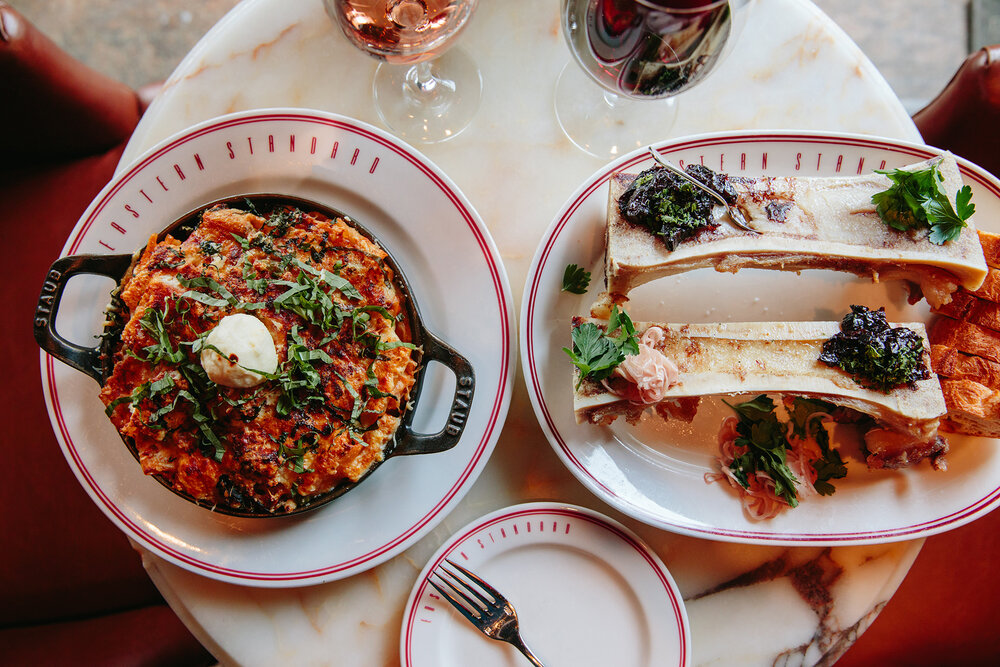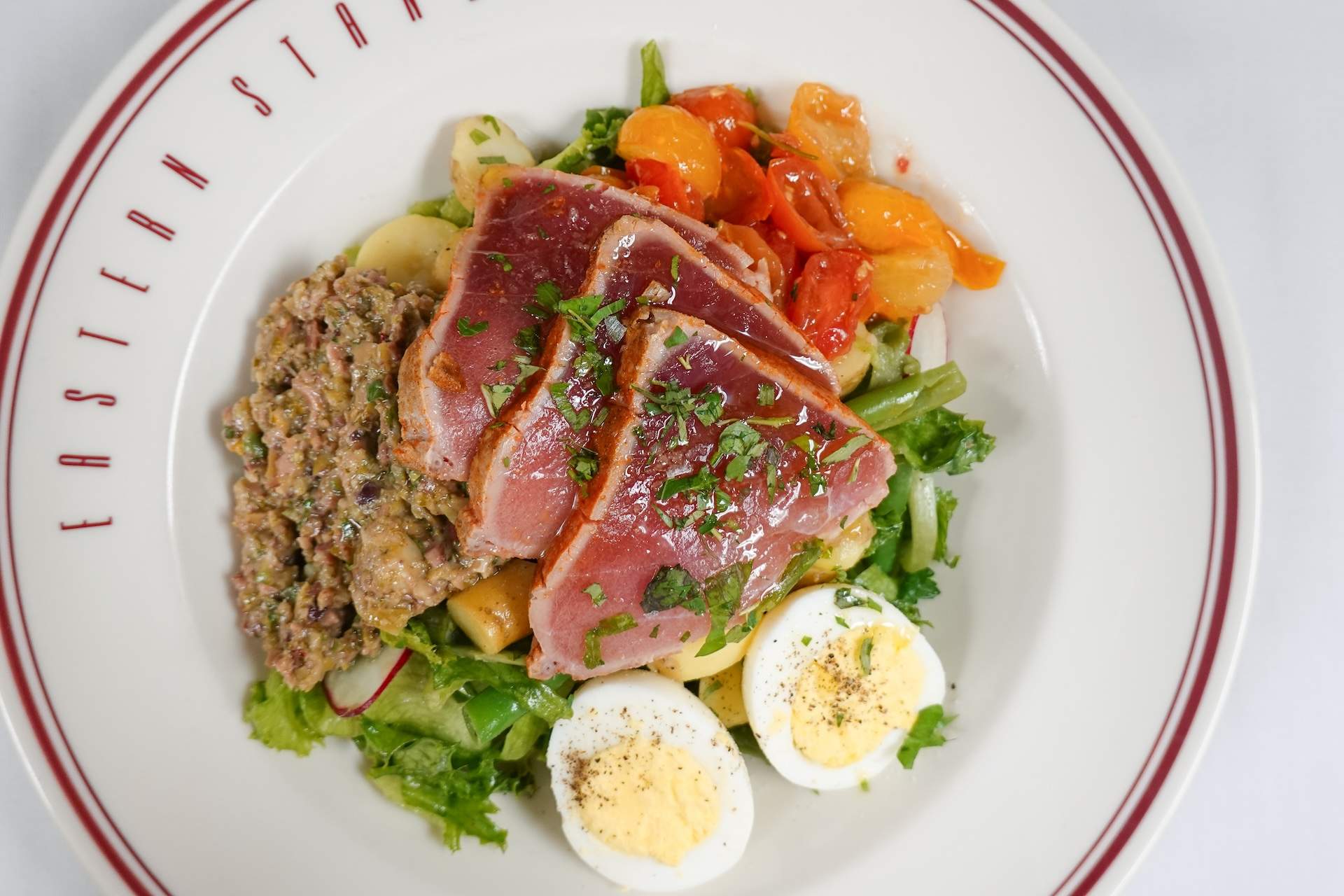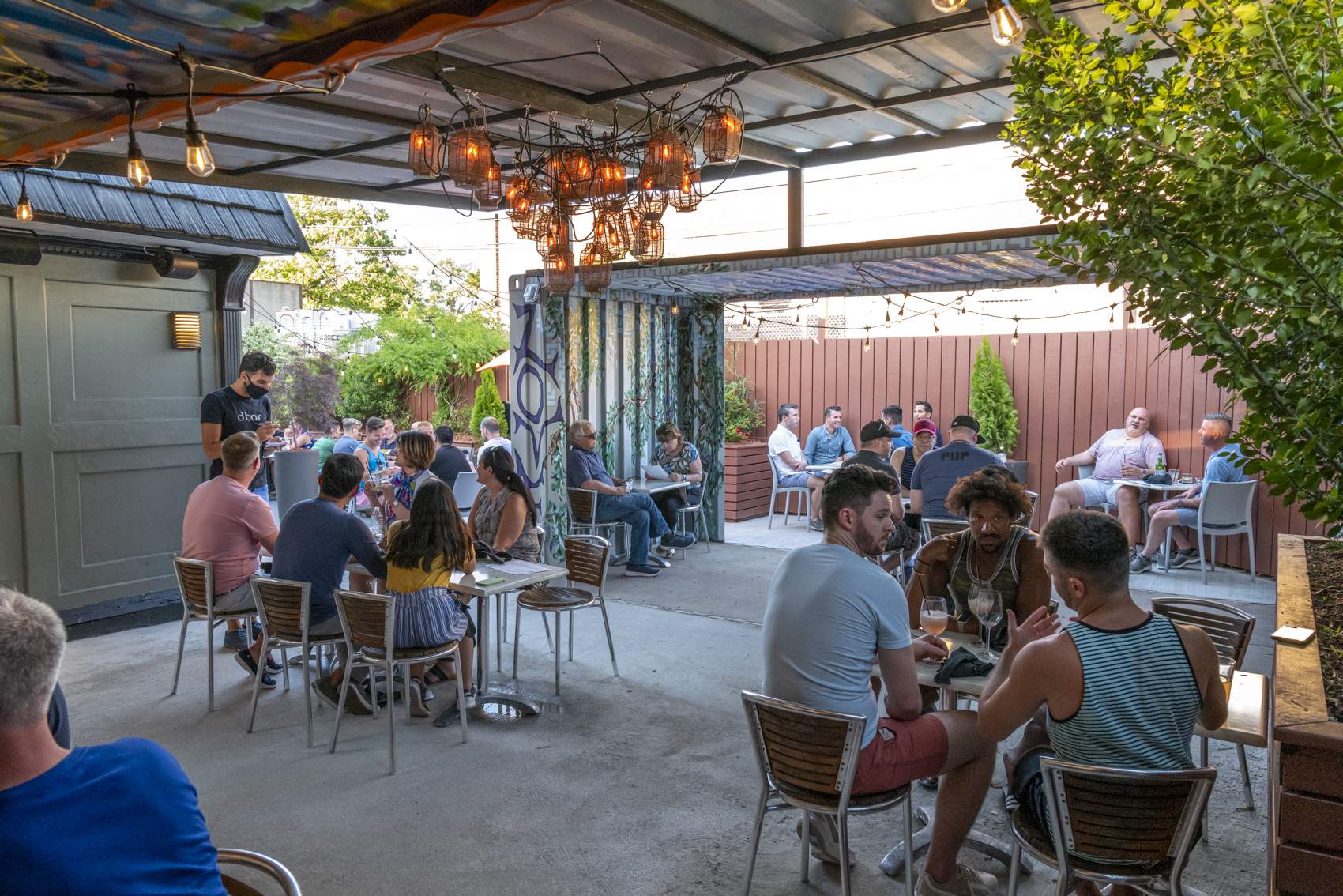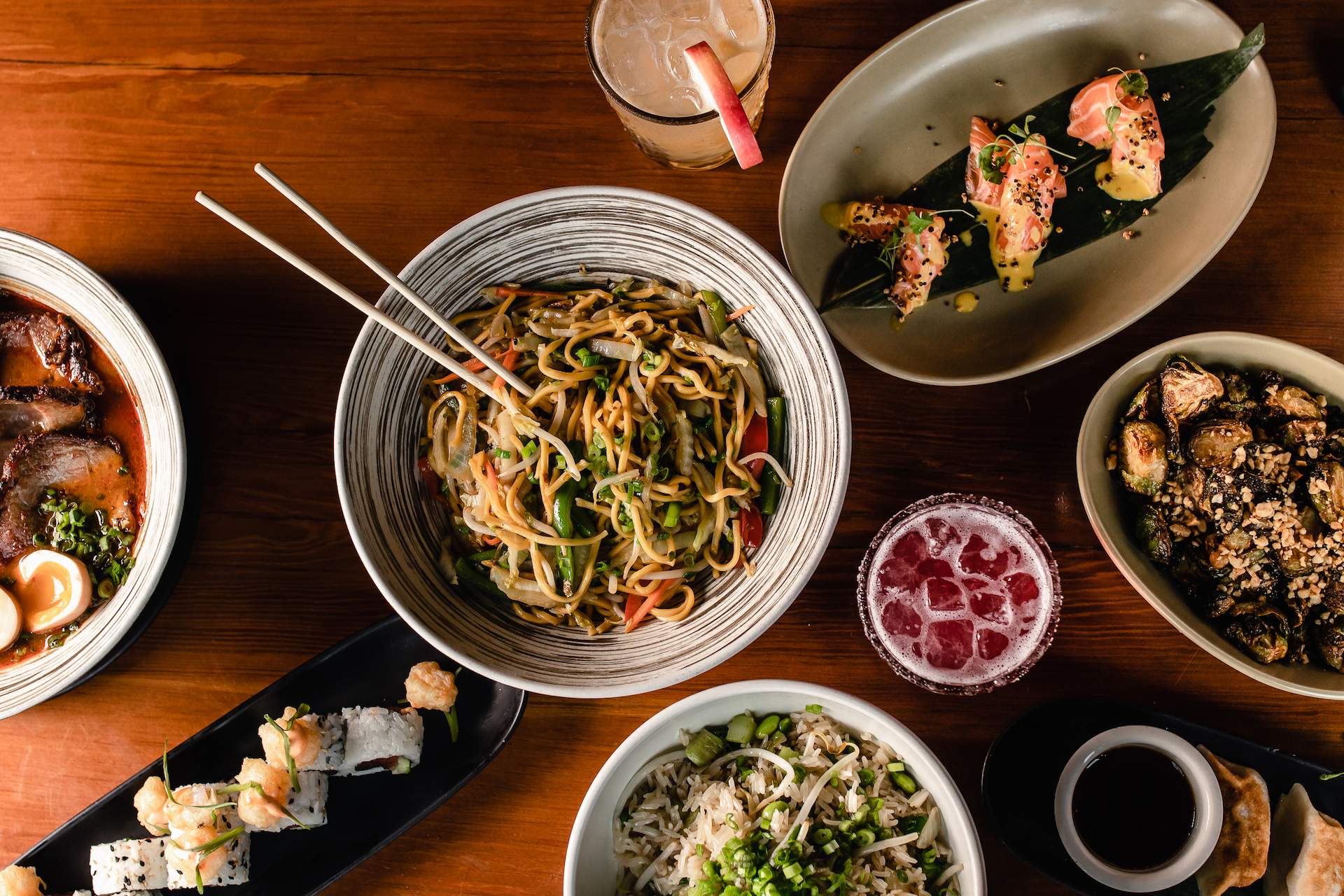For me, there is no college, and no ensuing food writing career, without Eastern Standard.
Eastern Standard is — was; it’s heartbreaking to use past tense now that it has closed — many things to many people. It’s most easily described as a Boston restaurant, but that doesn’t begin to take into account its full breadth. What Eastern Standard really is — was — is a community.
For Boston University students, the American brasserie in Kenmore Square was the place to go when your parents were in town. Until you hit 21, and then it became the place to feel glamorous while legally drinking cocktails better than you deserved at that age. For resident Bostonites, it was the pre-Fenway Park stop, or where you took a special date, or celebrated Marathon Monday, or had a business breakfast meeting, or — everything, really, when you needed a buzzy, energetic place that made you feel part of something bigger than yourself. And for those in the restaurant industry — and here’s where Eastern Standard shone brightest — it was the gathering place du jour, open late when you got off a shift and wanted food and drink as good as what you’d served all day at work.
For one shining year, I skirted about the outer edges of Eastern Standard’s inner circle. As a 21-year-old BU student in 2009, with no clue about anything cool or relevant in the food world, I applied to be a hostess there. I just wanted some extra cash. My introduction to what it meant to work at a place like Eastern Standard — ES to those in the know — was swift, and I was hooked.
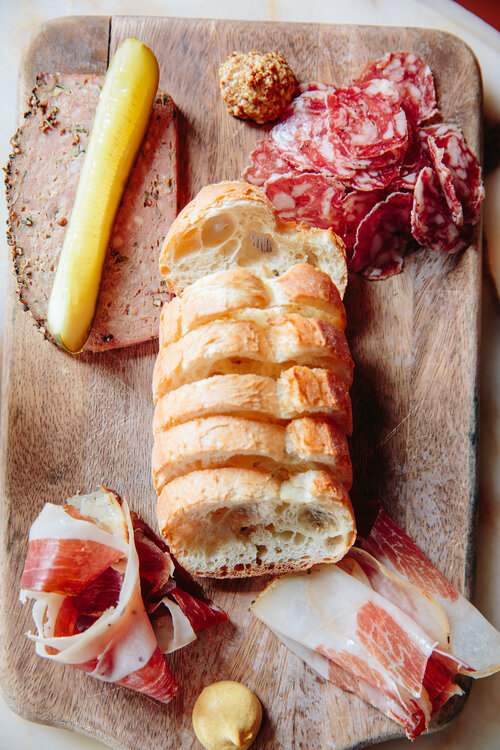
I learned what it meant to seat 300 covers in a night. How to bounce the door when ES turned into Boston’s hottest club come midnight on the weekends when the long, curving bar was suddenly five people deep. I saw how thoughtful editing makes a truly great wine list, learned how to properly taste a bottle outside my budget, and witnessed how true hospitality makes die-hard regulars out of first-timers. At Eastern Standard, copious notes on every diner meant personalized service, and staff meal and pre-shift training might include a local purveyor, there to explain their craft to a group of people equally passionate about food and hospitality.
And that’s all without the obvious: the food and drinks. Every dish and every glass at Eastern Standard embodied the ethos that housemade is better, that locally sourced is better, that chef-driven is better — all things we take for granted now, but which were revelatory in 2005 Boston, when ES first opened the doors to its grand dining room with the iconic marble bar and chic red leather booths. At ES, the chefs made their own charcuterie and bartenders crafted pristine cocktails that influenced the entire city’s bar culture. It was fine dining and superb service at a raucous, open-to-everyone, all-day hangout.
I had my first offal at ES. I discovered the joys of whiskey at ES. I got cut off at ES. I celebrated my graduation at ES. I worked at ES. I loved at ES. And I’m just one.
During its 15-year run, Eastern Standard established itself as a Boston institution, the kind of place that elevated restauranting to an art form while welcoming everyone from 7 am to 2 am daily. The city is losing a piece of itself with the darkening of ES’s flattering globe lights. Owner Garrett Harker told the Boston Globe that ES is a victim of landlords who “don’t seem to acknowledge that there’s anything special about these restaurants.”
His point is something we’ve all known, but haven’t needed to contend with until this last year. Even the best restaurants like ES — the ones that occupy a cultural space that most businesses do not — run on thinner margins than most businesses, making survival without aid close to impossible right now. Coronavirus has thrown the restaurant industry into crisis, and with every closure we’re losing a piece of our cities we’ll never get back. ES is but one example among many, from Sammy’s Roumanian in New York City to Beverly Soon Tofu in Los Angeles.
To me, Eastern Standard was Boston; I assumed it would always be there. That I’d always be able to go for the baked rigatoni and lamb sausage, and the whiskey smash, and the conversation with Garrett, and Andrew, and Molly, and Jackson. But now I can’t. And I’m so sad for not only me, but also everyone who has loved and will never be able to love the Eastern Standard I once knew.

